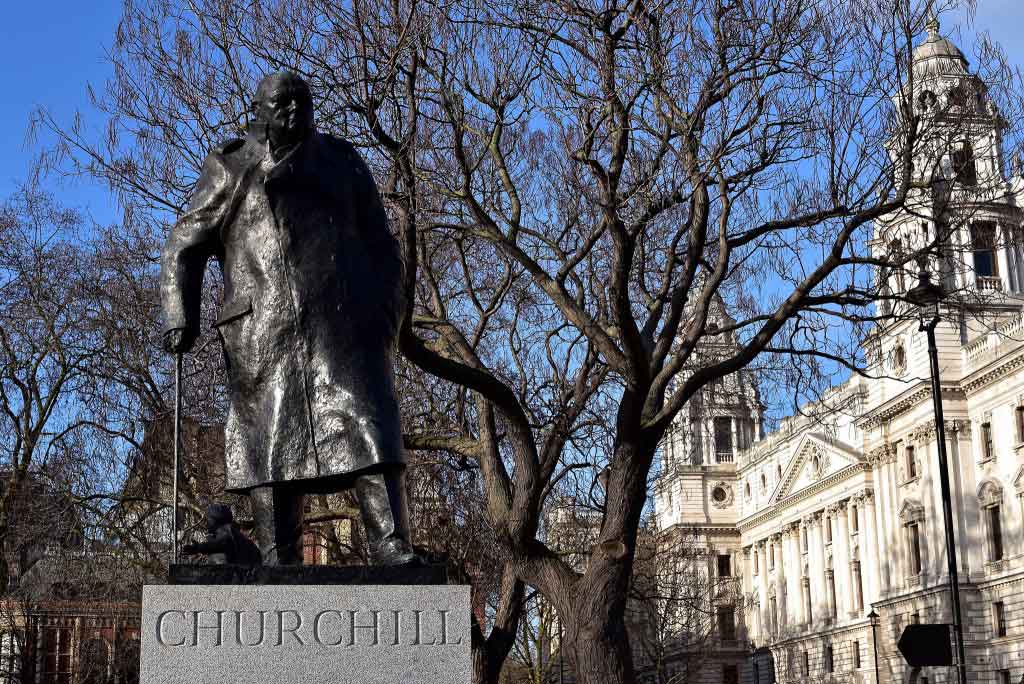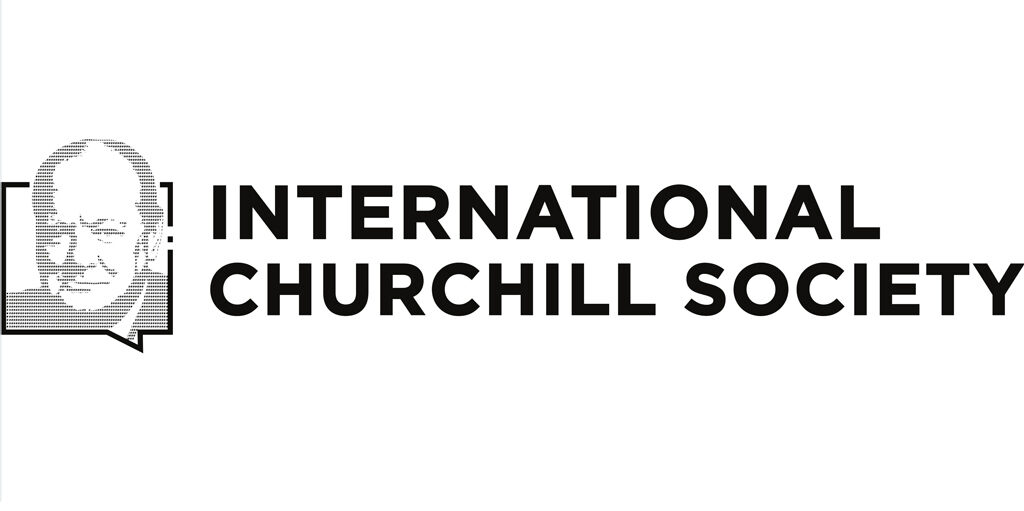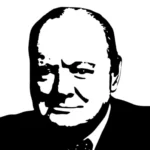
Finest Hour 160
Articles – WSC’s “Three Majestic Circles”

Winston Churchill, Parliament Square, London © Sue Lowry & Magellan PR
March 18, 2015
Finest Hour 160, Autumn 2013
Page 48
By Richard Davis: Author’s Abstract
“The Geometry of Churchill’s ‘Three Majestic Circles’: Keystone of British Foreign Policy or trompe l’œil?” in Mélanie Torrent and Claire Sanderson, eds., La puissance britannique en question: Diplomatie et politique étrangère au 20e siècle / Challenges to British Power Status: Foreign Policy and Diplomacy in the 20th Century. Series Enjeux internationaux, 25. Brussels: Peter Lang, 2013, 79-92.
“As I look out upon the future of our country in the changing scene of human destiny I feel the existence of three great circles among the free nations and democracies. I almost wish I had a blackboard. I would make a picture for you…. The first circle for us is naturally the British Commonwealth and Empire, with all that that comprises. Then there is also the English-speaking world in which we, Canada, and the other British Dominions and the United States play so important a part. And finally there is United Europe. These three majestic circles are co-existent and if they are linked together there is no force or combination which could overthrow them or even challenge them.
“Now if you think of the three interlinked circles you will see that we are the only country which has a great part in every one of them. We stand, in fact, at the very point of junction, and here in this Island at the centre of the seaways and perhaps of the airways also, we have the opportunity of joining them all together. If we rise to the occasion in the years that are to come it may be found that once again we hold the key to opening a safe and happy future to humanity, and will gain for ourselves gratitude and fame.”
—WSC, CONSERVATIVE PARTY MASS MEETING,
LLANDUDNO, WALES, 19 OCTOBER 1948

2025 International Churchill Conference
The “three interlinked circles,” like many of Churchill’s aphorisms, quickly became part of the standard vocabulary of British foreign policy, and over sixty years after the term was first pronounced it is not unusual to hear references to it. Time and again after 1948, politicians and diplomats came back to this central theme of Britain’s position in the three circles. Evidence suggests that the mindsets of present British policy makers are not fundamentally different.
However, if the image raised by Churchill in his speech has had a long life, it has never won universal acceptance. It has come in for a good deal of criticism, particularly from those who have argued that Britain after 1945 was trying to hold onto an increasingly untenable, and over-ambitious position in the world. According to this view the three circles concept is perhaps a witty and ingenious expression but nonetheless a fanciful one, a reflection of British decision makers’ tendency to hold too high an opinion of their country’s abilities to influence world affairs and of its value to others.
Excluded from the mainstream of Europe by its inability to enter the EEC, less respected or courted by Washington, and increasingly distanced from most of the Commonwealth, Britain’s international position was in sharp decline from the 1960s on. Above all it was Britain’s economic situation that undermined the three circles theory. Various elements all seem to point to the conclusion that these three circles simply could not be squared. They have not proven to be an adequate basis for British foreign policy. Churchill’s ambition to place Britain at the very centre of the three circles, and consequently of the western world, seems now to have been a noble ambition but one that was beyond Britain’s capacity.
Subscribe
WANT MORE?
Get the Churchill Bulletin delivered to your inbox once a month.



